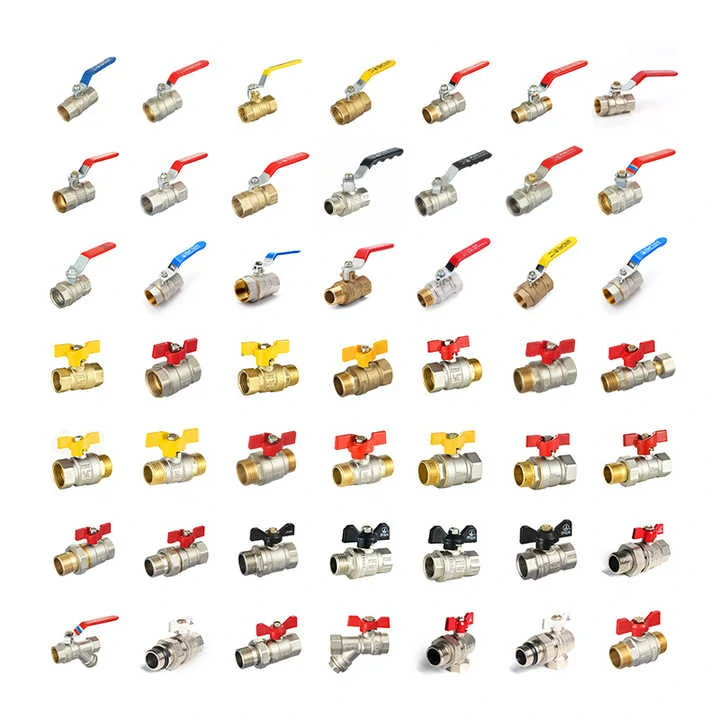Visual Inspection of Material Composition
Brass ball valves exhibit distinct golden-yellow coloration when new. The metal develops a darker patina over time through oxidation. Unlike steel valves, brass maintains consistent color when scratched. Chrome-plated brass versions show silver finishes but reveal brass when damaged. Always check manufacturer markings typically stamped on valve bodies.
Weight and Density Characteristics
Brass ball valves feel noticeably lighter than equivalent steel models. A 1-inch brass ball valve typically weighs 30-40% less than stainless steel versions. The material density ranges between 8.4-8.7 g/cm³. Comparative weight testing helps distinguish brass from heavier cast iron valves. Weight discrepancies often indicate counterfeit products.
Magnetic Response Testing
Genuine brass demonstrates no magnetic attraction due to copper-zinc composition. A simple magnet test effectively eliminates steel or iron imposters. Some low-quality brass alloys may show slight magnetism from impurities. Industrial-grade brass ball valves should show completely non-magnetic properties. Always test multiple valve areas for consistent results.
Chemical Composition Verification
X-ray fluorescence (XRF) analyzers provide precise material verification. Standard brass contains 60-70% copper with zinc as primary alloy. Lead-free brass ball valves use bismuth or silicon instead. Portable spectrometers can detect alloy percentages in field inspections. Certified valves include material certificates with composition details.
Temperature and Pressure Ratings
Brass ball valves typically handle temperatures up to 200°C (400°F). Maximum pressure ratings range between 600-1000 PSI for standard designs. These specifications differ significantly from plastic or steel alternatives. Always cross-reference manufacturer specifications with observed performance. Improper ratings may indicate non-brass materials.

Thread and Connection Examination
Brass threads display precise machining with clean, sharp edges. The material’s machinability produces smoother surfaces than cast iron. NPT threads on brass ball valves show consistent taper angles. Compare thread quality against known brass samples for verification. Poor thread quality often suggests inferior materials.
Sound and Vibration Characteristics
Brass produces distinctive metallic tones when struck lightly. The acoustic resonance differs from steel’s higher-pitched ring. Valve operation generates characteristic vibration patterns in brass. These auditory cues help identify materials during field inspections. Experienced technicians often use this quick verification method.
Documentation and Certification Review
Legitimate brass ball valves include material certification documents. Look for ASTM B16 or EN 12165 compliance markings. Manufacturer stamps should indicate “CZ121” or similar brass designations. Counterfeit products often lack proper documentation trails. Always verify certifications match physical valve characteristics.
This comprehensive identification approach ensures accurate brass ball valve verification. Combining multiple methods provides reliable material confirmation. Proper identification prevents installation of unsuitable or counterfeit products. Always consult manufacturers when uncertain about valve composition. These techniques maintain system integrity and safety standards.

